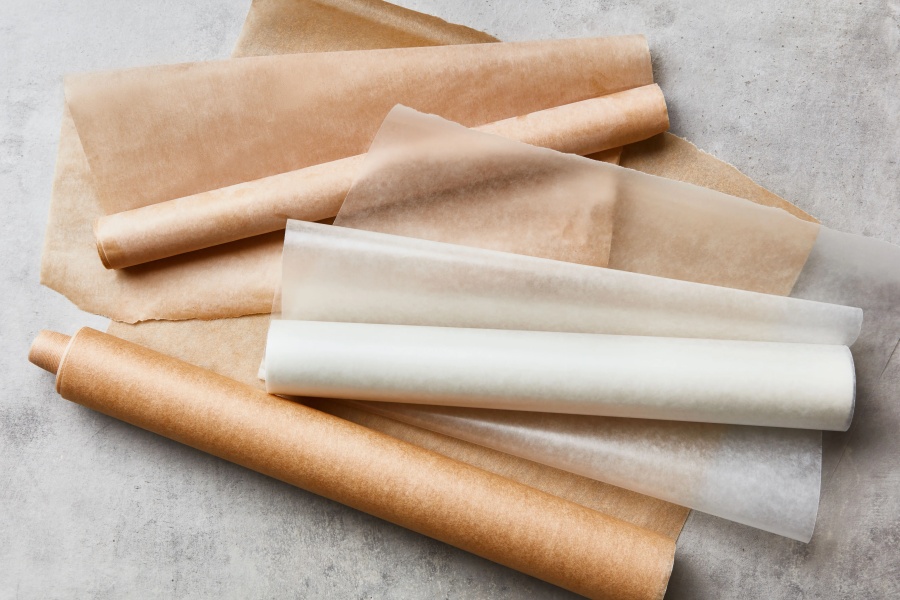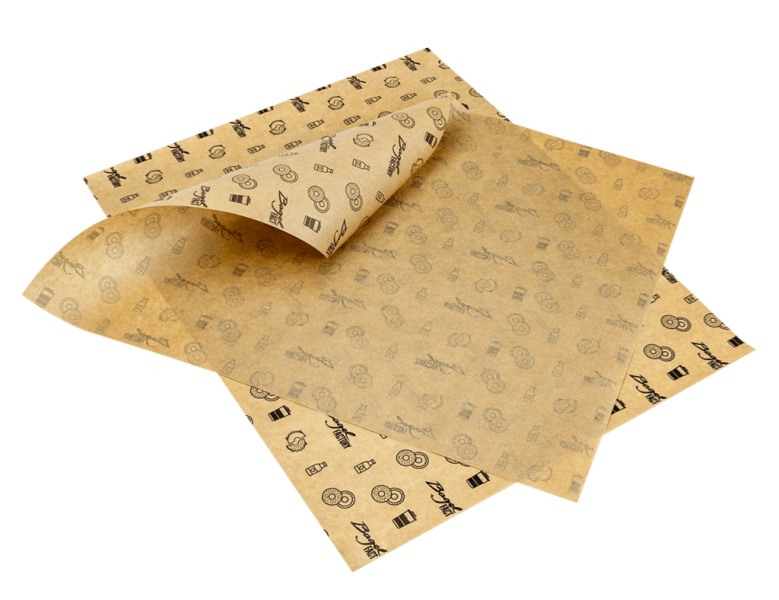What Materials are Food Packaging Paper Made From?
Food packaging paper plays a vital role in preserving the quality, safety, and freshness of food products. It is widely used by businesses in the food industry, including wholesalers, distributors, and retailers, due to its versatility and eco-friendly characteristics.
This article explores the materials used in food packaging paper, its benefits, and applications, enabling businesses to make informed choices.

The Basics of Food Packaging Paper
Food packaging paper is designed to provide a protective layer for food products.
It serves as a barrier against contaminants, moisture, and external elements while maintaining the freshness of the food.
There are various types of food packaging paper tailored to specific applications:
Greaseproof Paper: Commonly used for wrapping greasy or oily foods like pastries, fried snacks, and burgers.
Wax Paper: Coated with a thin layer of wax to provide moisture resistance, making it ideal for wrapping sandwiches and baked goods.
Kraft Paper: A durable and versatile option for packing dry foods like flour, grains, and nuts.
Parchment Paper: Heat-resistant and non-stick, often used in baking and cooking.
Each type of food packaging paper is crafted to meet specific food safety and handling requirements.
Advantages of Food Packaging Paper
Food packaging paper offers several benefits that make it a preferred choice for food businesses:
Sustainability: Made from renewable resources, many types of packaging paper are biodegradable and recyclable.
Cost-Effective: An affordable option for protecting and transporting food products.
Customizable: Businesses can add branding, logos, or designs to enhance marketability.
Versatility: Suitable for a wide range of food products, from baked goods to frozen items.
Food Safety: Helps maintain hygiene and complies with food safety regulations.
These advantages make food packaging paper a practical and environmentally friendly solution for businesses.
Key Materials in Food Packaging Paper
The composition of food packaging paper determines its properties and suitability for different applications.
Below are the primary materials used:
Wood Pulp
- The base material for most food packaging papers.
- Derived from sustainably managed forests.
- Provides strength, flexibility, and an excellent printing surface.
Coatings
Coatings enhance the paper's barrier properties and adapt it to specific uses:
- Wax Coating: Offers water and grease resistance for wrapping moist or oily foods.
- Silicone Coating: Used in parchment paper to provide heat resistance and non-stick properties.
- Polyethylene (PE) Coating: Adds moisture and vapor resistance for frozen or wet foods.
Additives
Certain additives may be used to improve the paper's performance:
- Bleach-Free Options: Maintain a natural, eco-friendly appearance for organic branding.
- Anti-microbial Agents: Extend shelf life by inhibiting bacterial growth.
Recycled Fibers
- Recycled paper fibers are used to reduce environmental impact.
- Often combined with virgin fibers to maintain quality and strength.

Applications of Food Packaging Paper
Food packaging paper is highly versatile and used across various sectors in the food industry:
Fast Food: Wrappers for burgers, fries, and sandwiches.
Baking: Liners for cakes, muffins, and cookies.
Retail: Packaging for dry goods, cereals, and snacks.
Frozen Foods: Wrappers and bags for frozen meats, vegetables, and pastries.
Custom Branding: Printed papers for enhancing the visual appeal of products.
Its adaptability ensures that food packaging paper meets the diverse needs of businesses.
Considerations When Choosing Food Packaging Paper
Selecting the right food packaging paper involves evaluating various factors:
Barrier Properties: Ensure resistance to moisture, grease, or heat based on food type.
Eco-Friendliness: Opt for biodegradable or recyclable materials to align with sustainability goals.
Strength and Durability: Choose paper that can withstand handling, storage, and transport.
Cost and Availability: Balance quality with affordability.
Regulatory Compliance: Ensure the packaging meets food safety and labeling standards.
Considering these factors helps businesses choose a solution that supports their operations and values.
Food packaging paper is a reliable, sustainable, and customizable option for protecting and presenting food products. Understanding the materials used in its production allows businesses to make informed decisions that align with their goals and consumer preferences. By selecting the right food packaging paper, companies can enhance product appeal, ensure food safety, and contribute to a more sustainable future.
